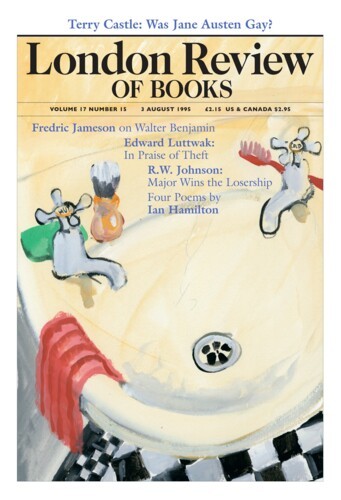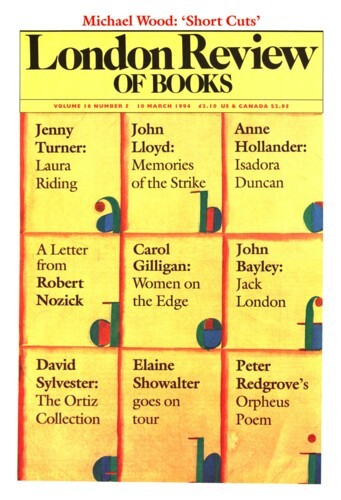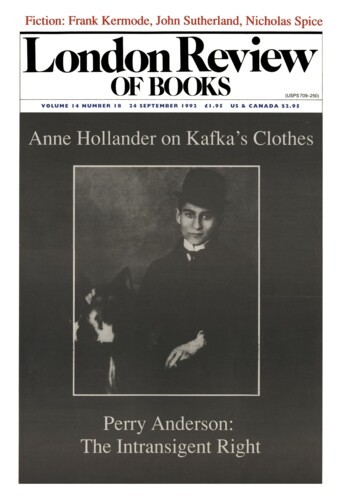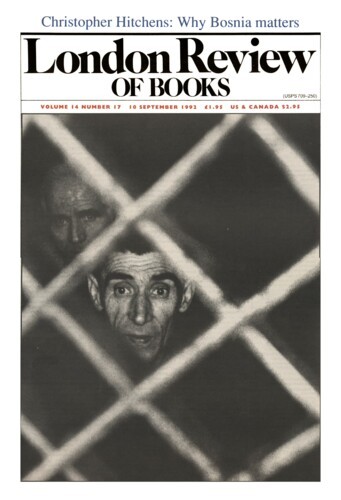Without Looking
Anne Hollander, 3 August 1995
The first striking thing about Gilles Lipovetsky’s book is the complete absence of illustrations, even diagrams and graphs. This may be the first book about fashion without pictures – even Roland Barthes used diagrams. Of course, Balzac’s ‘Physiologie de la toilette’ didn’t have any, but that originally appeared in a magazine, and journal publication can preclude pictures even now. Books on clothes are conventionally believed to require them, however, and Lipovetsky’s naked text thus instantly announces itself as a work of thought, of vision only in the metaphorical sense. The absence of graphs and other graphics moreover makes him a sociologist of the old-fashioned literary stamp, again in the Balzacian mode, with some of the same energy and perversity in propounding unexpected theories. And there the comparison must stop, since Lipovetsky is not a story-teller, not an acute student of humanity, nor any kind of literary stylist.’





